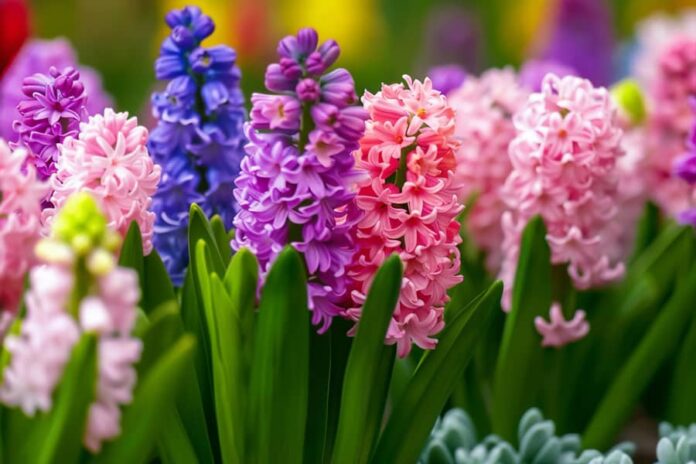The Beauty of Autumn Planting
Autumn planting is a gardener’s secret weapon, a time when the world slows down, and nature prepares for a stunning rebirth come spring. As the air crispens and leaves turn to vibrant shades of amber and rust, there lies a unique opportunity to enrich your garden with blooms that will burst forth in colorful displays after winter’s embrace. This season beckons not only seasoned gardeners but also curious newcomers eager to cultivate beauty during what can often feel like a quiet pause in growth.
The magic of autumn planting lies in its symbiotic relationship with nature’s cycles. By tucking away bulbs into the soil now, you allow them to establish roots before freezing temperatures set in. These early preparations are rewarded tenfold as petals unfurl sooner than those planted later; it’s like gifting your garden an extra head start when spring arrives. Moreover, this period allows for creative experimentation; consider combining hardy perennials with early-blooming annuals for an eye-catching tapestry that evolves over time—a reminder that while nature sleeps, it is also preparing its masterpiece just beneath the surface. Every flower planted now holds the promise of warmth and sunshine, waiting patiently to usher back moments of joy as they awaken from their dormancy.
Benefits of Planting in Autumn
Planting in autumn offers gardeners a unique opportunity to set the stage for vibrant spring blooms, making it an ideal time for those looking to maximize their floral impact. As temperatures cool and rainfall increases, soil moisture levels are often more favorable, promoting strong root development. This ensures that when spring arrives, your plants will be well-established and ready to burst forth with color and vitality. Moreover, the winter chill can enhance certain flower varieties’ hardiness, allowing them to emerge stronger than ever once warmer weather returns.
Another advantage of autumn planting lies in minimizing competition from annual weeds. As many herbaceous perennials are still dormant during this season, they have less competition for nourishment and light compared to planting in spring when fast-growing weeds abound. This not only helps new plants focus energy on growth but also means less maintenance work later on—who wouldn’t love a little extra leisure time during the busy gardening months? By taking advantage of these seasonal benefits now, you ensure that your garden becomes a stunning tapestry of flowers come springtime while enjoying a more manageable gardening experience overall.
Top Considerations for Choosing Flowers
When selecting flowers for autumn planting, it’s essential to consider your climate and soil conditions. Each flower variety thrives under specific environmental factors, so understanding your local microclimate can ensure a vibrant display come spring. For instance, some autumn-planted bulbs prefer well-draining soil, while others thrive in more moisture-retentive environments. Conducting a simple soil test can provide insights into pH levels and nutrient availability, helping you make informed choices that promote healthy root establishment.
Equally important is the visual impact of your floral selections. Consider how each bloom will interact with the landscape when choosing colors and heights—opt for a harmonious blend that offers layers of interest as they mature. Think about incorporating pollinator-friendly varieties to support local ecosystems; not only do they create an enchanting garden aesthetic but also attract bees and butterflies that enhance biodiversity. By focusing on these aspects during selection, you’re setting the stage for an awe-inspiring spring garden filled with life and color.
1. Crocus: Early Bloomers with Color
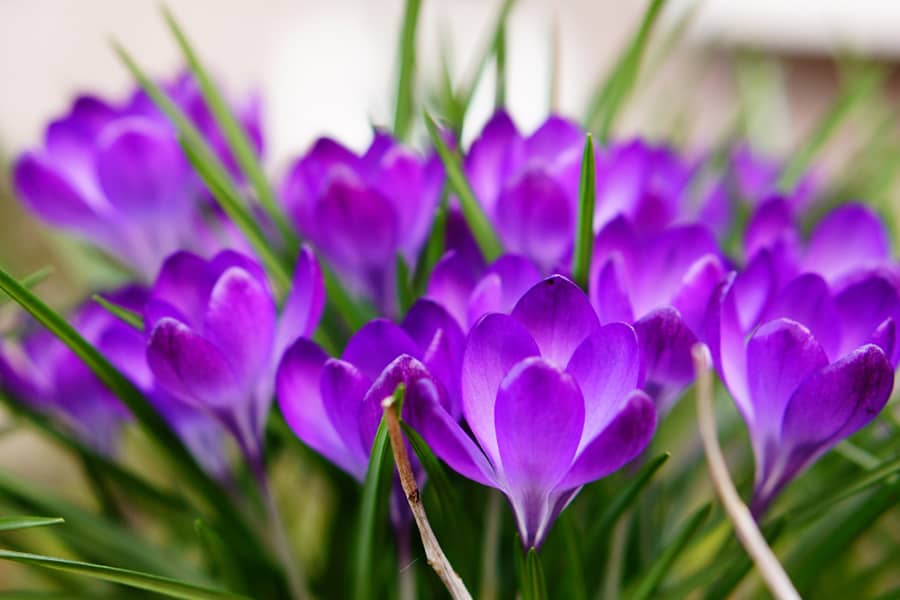
Crocus, the charming harbingers of spring, burst forth with vibrant colors that signal winter’s retreat. With their dainty petals available in purples, yellows, and whites, these hardy bulbs offer a delightful contrast against the lingering frost of early spring. What sets crocuses apart is their unique ability to thrive in the most unexpected places—popping up through snow-covered ground or even nestled between stone pathways. This resilience not only inspires gardeners but also serves as a reminder that beauty can emerge even from challenging conditions.
Planting crocus bulbs in the autumn transforms any garden into an enchanting landscape in just a few short months. They love well-draining soil and basking in sunlight, making them perfect for naturalizing lawns or filling gaps between perennials. A clever tip is to plant them en masse; when clustered together, they create eye-catching splashes of color that evoke feelings of warmth and renewal after the long winter months. Their early blooms are also a valuable nectar source for bees emerging from hibernation, contributing positively to your garden’s ecosystem while enhancing its visual appeal every springtime!
2. Daffodils: Cheerful Spring Classics
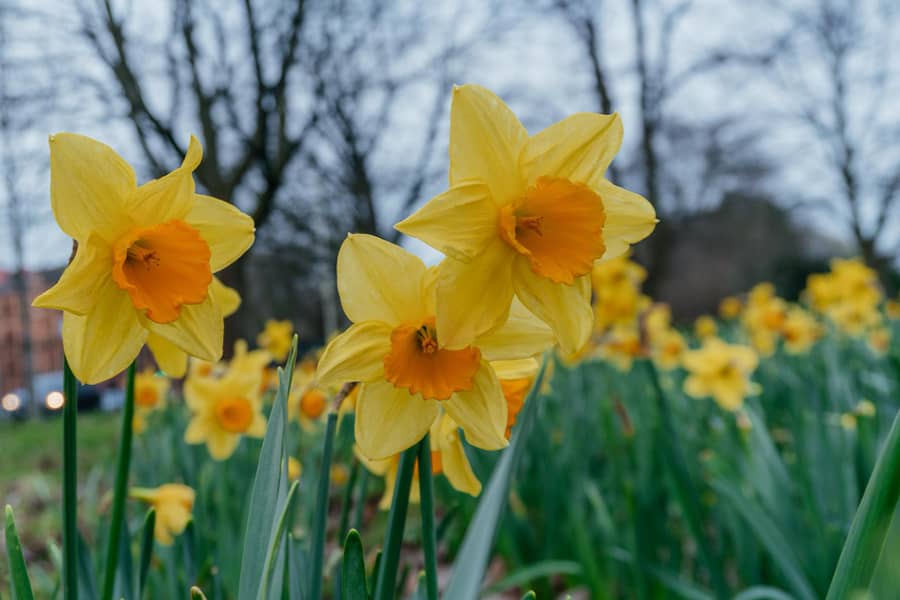
Daffodils, with their iconic trumpet-shaped blooms, herald the arrival of spring with an unmistakable cheerfulness that can brighten any garden. These resilient flowers are not only a feast for the eyes but also symbolize renewal and hope after a long winter’s slumber. Available in various shades of yellow and white, daffodils add a burst of color that signals warmer days ahead. Planting them in clusters creates a stunning visual impact reminiscent of sun-kissed meadows, drawing admiration from passersby while serving as pollinator magnets.
Beyond their aesthetic appeal, daffodils offer practicality as well. Once established, they thrive in a range of soil conditions and can naturalize beautifully over time—sometimes returning year after year with even more vigor. Their unique bulb structure stores nutrients efficiently, ensuring they survive harsh weather challenges and emerge triumphantly every spring. Incorporating daffodils into your autumn planting plans not only enhances your garden’s beauty but also embodies resilience—a poignant reminder to embrace change and growth as nature continuously renews itself.
3. Tulips: Elegant Shapes and Varieties

Tulips are not just flowers; they are a canvas of shapes and colors that can transform any garden into a breathtaking tapestry. With over 3,000 varieties ranging from classic triumph tulips to the exotic fringed types, each serves as a unique expression of nature’s artistry. The elegant silhouette of a tulip — with its delicate petals and soft curves — can capture the eye even after the blooms have faded, making them more than just a seasonal spectacle. Planting different varieties together can create stunning visual contrasts; imagine the vibrant reds mingling with soft pastels in your spring landscape.
Moreover, tulips boast an impressive adaptability to various climates and soil types, allowing gardeners from diverse regions to partake in their beauty. The added thrill lies in their ability to surprise: many tulips will naturalize over time, returning year after year with renewed vigor. By choosing late-blooming species alongside early ones, you can extend your floral display well into summer. With such rich diversity in forms—from peony-flowered to parrot tulips—you’ll find astonishing combinations that tell a new story every season. Embrace this botanical elegance during autumn planting for truly show-stopping spring displays!
4. Hyacinths: Fragrant Blossoms for Gardens
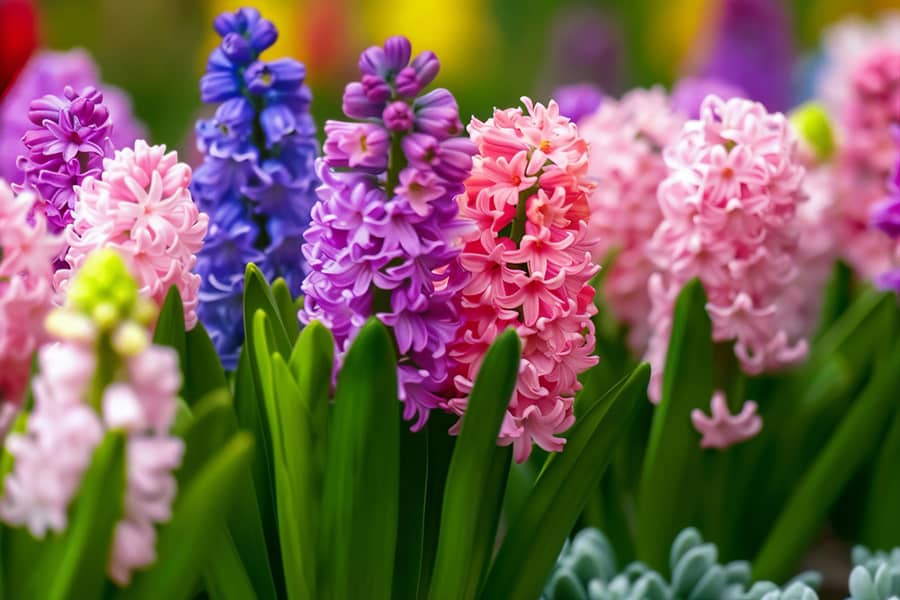
Hyacinths are a delightful addition to any garden, renowned for their intensely fragrant blossoms that transform spaces into aromatic havens. These bulbs offer an impressive variety of colors, ranging from deep blues and purples to radiant whites and pinks, each flourishing in dense clusters that create stunning visual tapestry in early spring. When planted in the fall, hyacinth bulbs establish themselves during the cooler months, allowing them to thrive when warmer weather coaxes them out of dormancy.
Beyond their aesthetic allure, hyacinths contribute significantly to your garden’s ecosystem. Their fragrance attracts pollinators like bees and butterflies—essential allies for other blooming plants throughout your yard. Consider pairing hyacinths with complementary spring perennials; their robust blooms can serve as stunning backdrops to delicate flowers like crocuses or tulips. With proper care and placement, these elegant blooms will not only brighten up your outdoor space but also enliven your senses year after year.
5. Pansies: Hardy Flowers for Cooler Weather
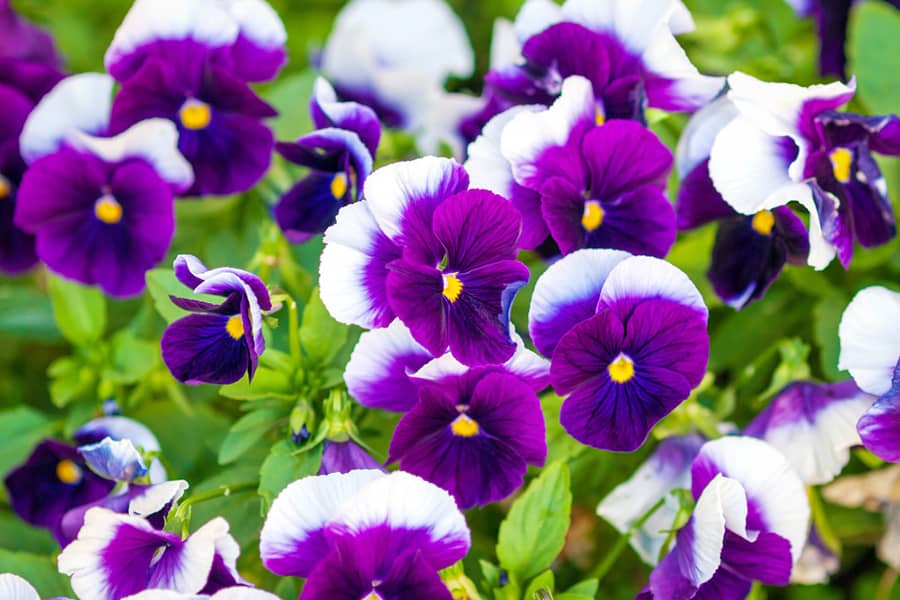
Pansies are often overlooked as mere bedding plants, yet their vibrant hues and unique patterns can breathe life into any autumn garden. These hardy flowers thrive in cooler weather, making them an ideal choice for planting in the fall, just when many other blooms start to fade. With shades ranging from deep indigos to sunny yellows, pansies offer a kaleidoscope of colors that can brighten not only your garden but also your mood during those shorter days.
What makes pansies particularly fascinating is their ability to withstand cold temperatures while still providing stunning spring displays. Unlike many flowers that retreat at the first frost, pansies flourish through winter chill, often blooming when the ground is still dusted with snow. This durability doesn’t mean they sacrifice beauty; in fact, their velvety petals become even more pronounced as the temperature drops. Planting them in autumn ensures that you’ll be greeted by an explosion of color come spring—an inspiring reminder of resilience and tenacity. So why not embrace these charming blooms? Their cheerful faces might just lift your spirits as you watch winter slowly give way to warmer days ahead.
6. Anemones: Delicate Blooms in Diverse Colors
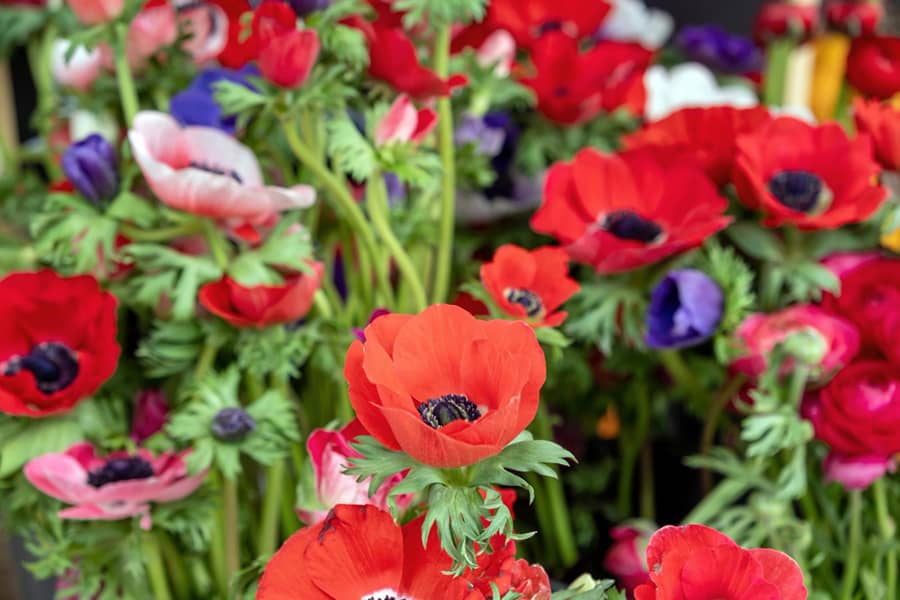
Anemones, often overlooked in favor of more common blooms, are a treasure trove of colors and forms that can transform any garden into a vibrant tapestry. These delicate flowers come in a stunning variety of shades—from deep violets to brilliant whites and fiery reds—allowing them to fit seamlessly into any planting scheme. When planted in autumn, they establish strong root systems that prepare them for an impressive spring display, showcasing their unique cup-shaped petals swaying gracefully in the breeze.
One of the most enchanting aspects of anemones is their ability to attract pollinators like bees and butterflies, making your garden not only beautiful but also a vital habitat for wildlife. With minimal care required once established, these blooms thrive in well-drained soil and prefer part shade—offering flexibility for gardeners with varying light conditions. Plus, their resilience means they can often handle cooler temperatures better than some other spring-flowering plants, ensuring that your garden bursts into color earlier in the season. Whether used as borders or mixed with other perennials for added richness, anemones are sure to leave you enchanted each spring!
7. Snowdrops: First Signs of Spring’s Arrival

Amid the lingering chill of winter, snowdrops pierce through the frost-laden earth as nature’s gentle harbingers of spring. With their delicate white petals resembling teardrops, these resilient bulbs defy the cold and seek out sunlight, often blooming as early as February. Their ability to thrive in shady spots makes them an excellent choice for gardens that struggle to catch the afternoon rays; they can bring a whisper of life where little else can.
Beyond their beauty lies an intriguing story: snowdrops are also steeped in folklore, symbolizing hope and renewal after a long winter’s slumber. As they push through remnants of ice and snow, they inspire contemplations about resilience in our own lives. Planting these bulbs in autumn not only beautifies your garden but sets the stage for delightful surprises come spring—transforming barren landscapes into vibrant displays that remind us every year that light returns after darkness. Embrace their quiet strength; with each bloom, snowdrops promise brighter days ahead.
8. Primroses: Vibrant Colors to Brighten Spaces
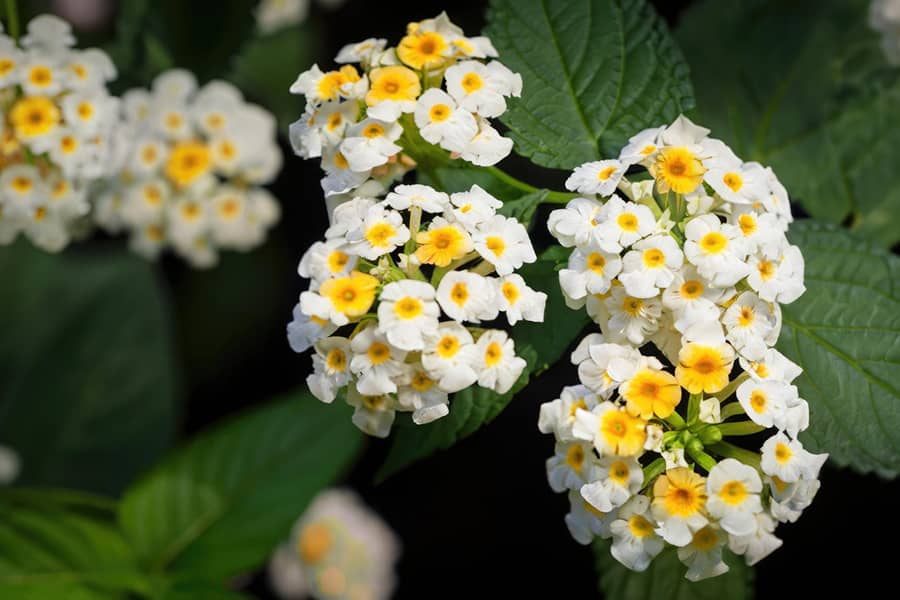
Primroses are nature’s little bursts of sunshine, offering a rich tapestry of colors that can instantly uplift any space. With shades ranging from vibrant yellows to deep reds and soothing pastel hues, these perennial favorites not only invigorate gardens but also complement indoor decor when planted in pots or hanging baskets. Their cheerful blooms signal the arrival of spring, inviting pollinators like bees and butterflies to join the party in your landscape.
What sets primroses apart is their unique ability to thrive even in cooler temperatures, making them an exceptional choice for autumn planting. As you place them into your garden beds this fall, envision how they will transform dormant spaces into a riot of colors come springtime. Moreover, primroses possess a delightful fragrance that can imbue your outdoor areas with sweet notes—an enchanting experience every time you step outside. Planting these hardy beauties not only adds visual appeal but also creates an ecosystem that supports local wildlife throughout the changing seasons.
9. Alliums: Unique Spherical Flower Heads

Alliums stand out as botanical marvels with their unique spherical flower heads that resemble whimsical fireworks frozen in time. These flowering bulbs, commonly known as ornamental onions, come in a variety of sizes and colors, ranging from all-white clusters to deep purple globes. Their quirky shape not only adds visual interest to gardens but also creates a stunning contrast against the more traditional blooms that adorn spring landscapes.
Planting alliums in the autumn allows gardeners to enjoy a series of delightful surprises come springtime. As they emerge, these bold spheres attract pollinators like bees and butterflies, fostering an ecosystem rich in life and color. Moreover, their sturdy stems can withstand wind and rain far better than many delicate flowers, ensuring your garden looks exquisite even after inclement weather. When grouped or staggered creatively among perennial borders or within mixed beds, alliums command attention while complementing other seasonal plants—creating an arresting display that celebrates nature’s artistry.
10. Bleeding Heart: Romantic Heart-Shaped Blooms
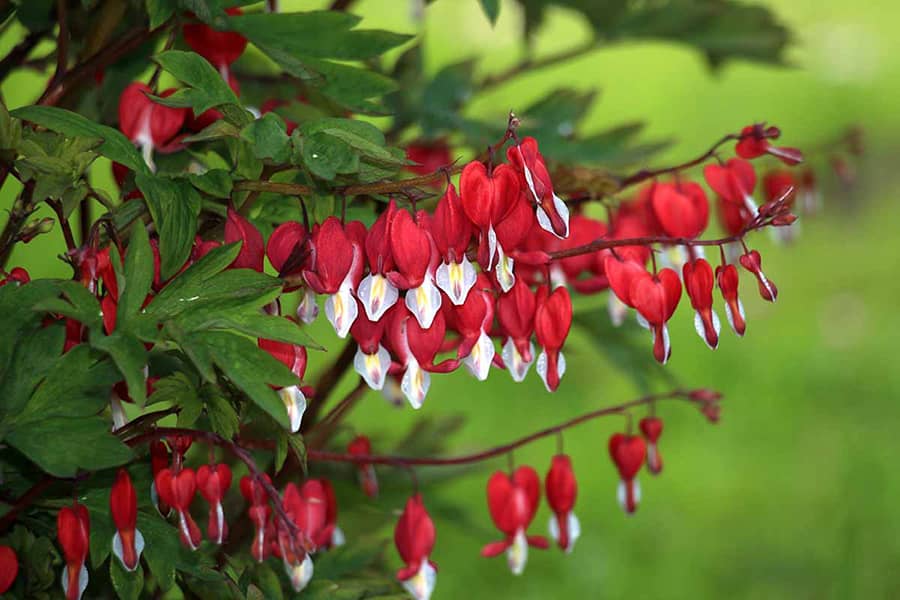
The Bleeding Heart (Dicentra spectabilis) enchants with its unique, heart-shaped blooms that dangle elegantly from arching stems. These charming perennial flowers emerge in early spring, creating vivid splashes of pink and white against the fresh green backdrop of new foliage. Known for their romantic allure, they symbolize undying love—a fitting tribute to their delicate appearance.
Ideal for shaded garden spots or borders, Bleeding Hearts thrive beneath the canopies of larger plants, where they can spread their whimsical charm without competing for sunlight. Their ability to blend harmoniously into woodland gardens makes them a perfect choice for creating serene retreats. As they bloom in tandem with other spring flowers like daffodils and tulips, these lovely plants add a layer of depth and intrigue to any landscape design, captivating visitors who stumble upon their dreamy display. Embracing the spirit of renewal that autumn planting signifies will reward you with this stunning show come springtime—an enduring reminder that beauty often flourishes when nurtured through change.
Preparing for a Colorful Spring
As the crisp Autumn air settles in, now is the perfect moment to think ahead to spring’s vibrant palette. Planting flowers this season not only ensures an explosion of color when it finally warms up but also offers an unexpected emotional boost during these shorter days. Picture the joy of watching delicate buds pushing through frosty soil—it’s nature’s way of reminding us that renewal and beauty often follow a time of rest and reflection.
In preparing your garden for this colorful awakening, consider creating layers with your selections. By mixing early bloomers like crocuses or daffodils with later flowering plants such as tulips or peonies, you can establish a blooming timeline that extends well into late spring. Plus, add texture and depth by interspersing perennials alongside annuals; their varied heights and forms create a dynamic visual feast that draws in pollinators eager for nectar after winter’s slumber. Embrace this time to nurture not just your garden but also your spirit as you look forward to brighter days filled with life and vibrancy.

